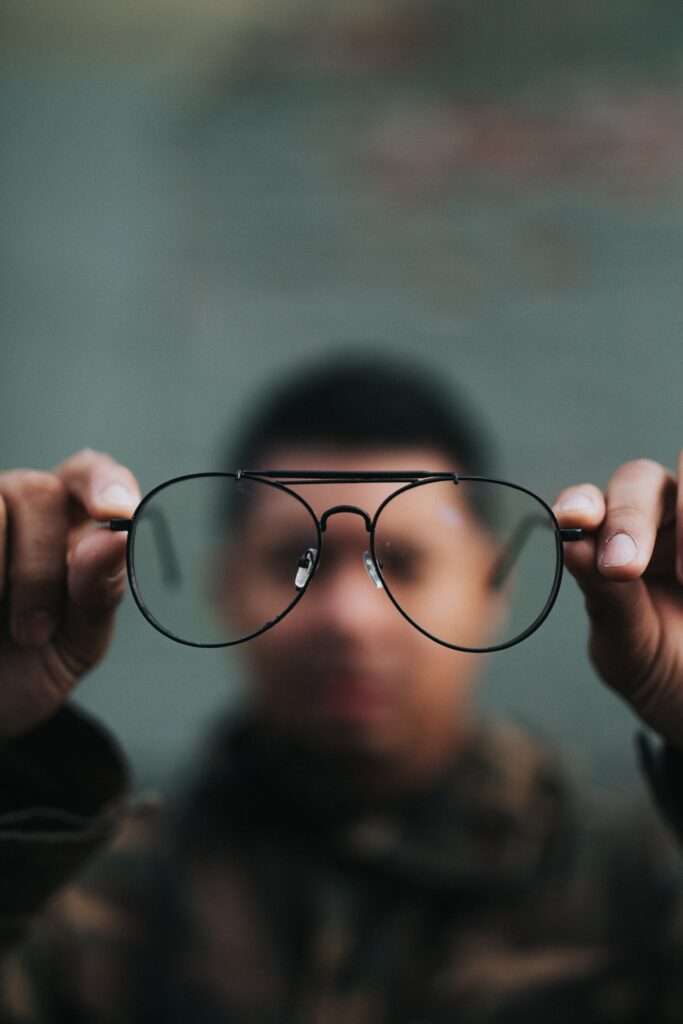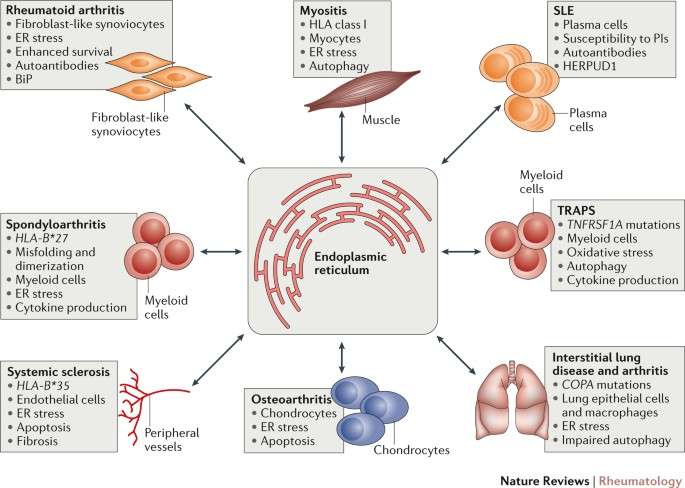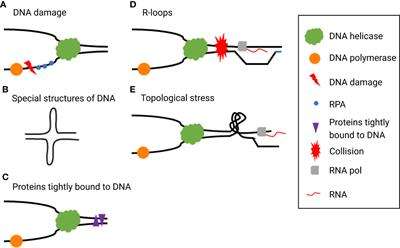Monocular and Binocular cue for depth perception are the two types of visual depth perception. These visual depth perceptions or cues help us to see our 3-D world as three dimensional through our 2-D retinal vision. The differences between monocular and binocular depth perception is that Monocular cues operate when a person is looking with only one eye. Whereas, Binocular cues operate when both our eyes are working together. They are important visual depth cues in three dimensional spaces.
Monocular Cues
Monocular cues of visual depth perception operate when a person is looking with only one eye. These cues are used by artists to induce depth in their two dimensional paintings. Thus, they are also called as the pictorial cues.


The following are the monocular cues that help us in judging the depth and distance in two-dimensional surfaces:
- Linear perspective: Imagine you are standing between the rail tracks and looking in the distance. You would see that the rail track become smaller and smaller, until there is a point where they meet each other. Linear perspective reflects this phenomena. It says that the distant between two objects far away appear to be smaller than what the distance actually is.
- Interposition or overlapping: This monocular cue occurs when one object covers the other. The object that is completely visible seems to be nearer and the object that is partially visible seems to be farther away.
- Clearness: The more clear the object the nearer it seems. For example, on a hazy day a distant mountain would appear far away than on a clear day, because haze blurs the fine details. Therefore, if we see details of an object we perceive it closer.
- Relative height: We perceive large objects to be closer to us and smaller objects to be farther away.
- Motion parallax/ Movement: This cue occurs when the objects are in motion. The distant object appears to move slowly than the objects that are close.
Binocular Cues
These are the cues that are provided by both the eyes working together. They are important visual depth cues in three dimensional spaces. The following are the important and interesting binocular cues:
- Retinal or binocular disparity: Humans have two eyes which are horizontally separated by a distance of 6.5 centimeters. Because of this distance between two eyes the images formed on retina of a same object is slightly different. This difference in the images of two eyes is retinal disparity.
- Convergence: when we see a closer object our eyes turn inward or converge, so that the image is formed on the fovea. Some muscles in our eyes send signal to the brain regarding the degree of convergence and our brain interprets it as a cue for depth perception. The more your eyes turn inward or converge the nearer the objects appear in the space.
- Accommodation: The process by which ciliary muscles change the focal length of the eyes so that the image is clearly formed on the retina is called the accommodation of the eye. The accommodation varies for near and distant objects and also for objects moving away or towards the eye.
Conclusion
The image of an object projected on our retina is two-dimensional. Yet we see in the world in three dimensional. This three dimensional perspective of the world is a psychological process and depends on the appropriate use of monocular and binocular cues which are automatic and we don’t think about using them.
Share this:
Related
Motion Perception
Motion perception is the process of inferring with the direction and speed of elements in a scene based upon visual input.
Monocular cues, or what we see from one eye, can detect nearby motion; but depth perception isn’t up to the mark. As such, binocular cues are better at perceiving motion from distance.
There are 2 types of motion perception, namely first-order motion perception and second-order motion perception.
While first-order motion perception happens due to specialized neurons in the retina, that tracks motion through luminance, as per which an object needs to be directly in front of the retina.
Second-order motion perception occurs by examining changes in an objects’ position overtime via feature tracking on the retina. This helps detect motion by change in size, contrast, and texture.
What A
re Cues
Cues or optical cues is the depth perception of the eye while viewing an object at a particular distance. Depth perception arises from a variety of depth cues that portray special capability.
A cue is nothing but visual cue; which implies the sensory cues received by the eye by way of light and giving a visual perception. As visual system is dominant in many species, especially humans.
Visual cues form a source of information for humans helping them decide how the surroundings are to be perceived or seen. It is here that monocular cues and binocular cues come into play.
In general, sense while monocular provides deeper information about a particular scene when viewed with one eye; whereas binocular cues provide in-depth information about a particular scene when viewed with both eyes.
It is this need to get the best or the clearest picture that weighs upon someone while going for binocular or monocular.
What are Monocular Cues
Monocular cues are essentially the cues that allow us to see depth using just one eye, or to detect how near or far an object is in relation to our position with one eye.
Monocular cues play an important role in detecting depth. It uses one eye and image can be presented in two dimensions.
As such, many of the monocular cues are used in art to create an illusion of depth in a two-dimensional space.
Monocular cues are actually a collection of cues that help us see an object properly using just one eye. These are as follows: –
1. Absolute Size, not knowing the size of an object is problematic for us, in such cases, the smaller object is considered at a greater distance than larger objects at the same location.
2. Motion Parallax, it describes the way stationary objects appear to be moving at different speeds against a background when we observe it moving.
3. Familiar Size, familiarity with the size of objects helps us determine how far away they are from us.
4. Texture Gradient, the amount of detail we can see easily on an object when it is close to us; when far we can’t see the detail.
5. Reach Trajectory, it shows direction bias during monocular viewing, especially in the approach phase. This bias is consistent with the presence of esophoria in monocular viewing. Esophoria is present when occluded eye deviates medially and exophoria is present when occluded eye shifts temporally.
6. Relative Size, size does matter; by knowing how big two objects are in relation to each other, how far away they are from each other and we can be figured.
7. Linear Perspective, parallel lines seem to converge at a distance; the farther they are, the closer they seem to us.
8. Natural Effects, like heat haze, water vapor, dust, sand, and fog, can affect our vision, especially at longer distances.
9. Interposition, when an object partially overlaps or obscures another object; it helps us to put the distances of objects in order of the nearest one first.
10. Aerial Perspective, objects at larger distances from us are affected by natural scattering of light and form less of a contrast with their background; making it harder to gauge a distance between the two and us.
11. Accommodation refers to the amount of work our eye muscles like ciliary muscles have to do to focus on an object.
12. Shading and Lighting, the nearer an object is to light, its surface appears to be brighter. In a group of objects, darker objects tend to appear farther away than the brighter objects.
13. Depth from Motion, as an object moves closer, its size increases in the eyes of an observer; this helps determine the pace of its movement and its distance from us.
Binocular Cues
Binocular cues are defined as the ability of both of our eyes to perceive an object in three-dimensional space. It’s much easier for our brains to accurately calculate the depth and distance of objects when we use both eyes.
These cues are based on different images that our two separate eyes produce. Binocular cues are a collection of cues that help us see an object properly using both eyes. These are as follows: –
1. Retinal Disparity also called binocular parallax, that refers to the fact that each of our eyes sees the world from a slightly different angle, which is triangulated by the brain to figure out the correct distance
2. Binocular Convergence refers to the amount of rotation our eyes have to do in order to focus on an object. It enables us to determine how near or far things are away from us. A proprioceptive sense, it is the amount of inward rotation our eyes have to do in order to focus on an object.
Advantage of Binocular Cues
1. Binocular cues allow us to take advantage of a spare eye. Even if one is lost or damaged there is still another one left.
2. it gives us the scope of a much wider field of view.
3. Retinal disparity and binocular convergence can be used to distinguish the variation in distance.
4. It allows us to partially see an object behind an obstacle.
5. It allows binocular summation that helps improve contrast sensitivity, brightness perception, visual acuity, and also flicker perception.
6. Binocular viewing can happen at different stages of information processing and can have a cumulative effect on an overall improvement in the performance of fine motor skills.
7. The binocular summation is one factor that results in faster reaction times when we are viewing something using both our eyes.
8. Binocular viewing also helps activate a more direct cortical path for planning, reaching and grasping of movements.
Conclusion: Monocular Cues Vs Binocular Cues
Monocular cues and Binocular cues are used in our everyday lives, even if we are unaware of it.
There is little existing data to proves beyond doubt as to how well, we humans are able to discriminate between distances under natural conditions.
Based on depth perception and motion perception, monocular cues regard results in a more illusory experience than binocular cues. The image we see from our right eye is always slightly different from our left eye, but the image we see with both eyes is a merger of what we see individually with both the eyes.
While binocular cues help us to expand in more than one perspective in the form of an object in order to get apt depth perception.
Monocular cue sensitivity, on the other hand, depends on the visual field location, which is relative to the stimulating.
Over the years, research has shown that binocular viewing actually provides’ a better advantage in complex environments, such as, when multiple objects are present, for example during bird watching.
Basing on the above-mentioned factors and keeping in mind your budget, you can go for a light-weight monocular or a heavier binocular.
Sources: Wikipedia
If you are interested in buying a pair of binoculars check our reviews of
best binoculars under 100$
best binoculars under 200$




